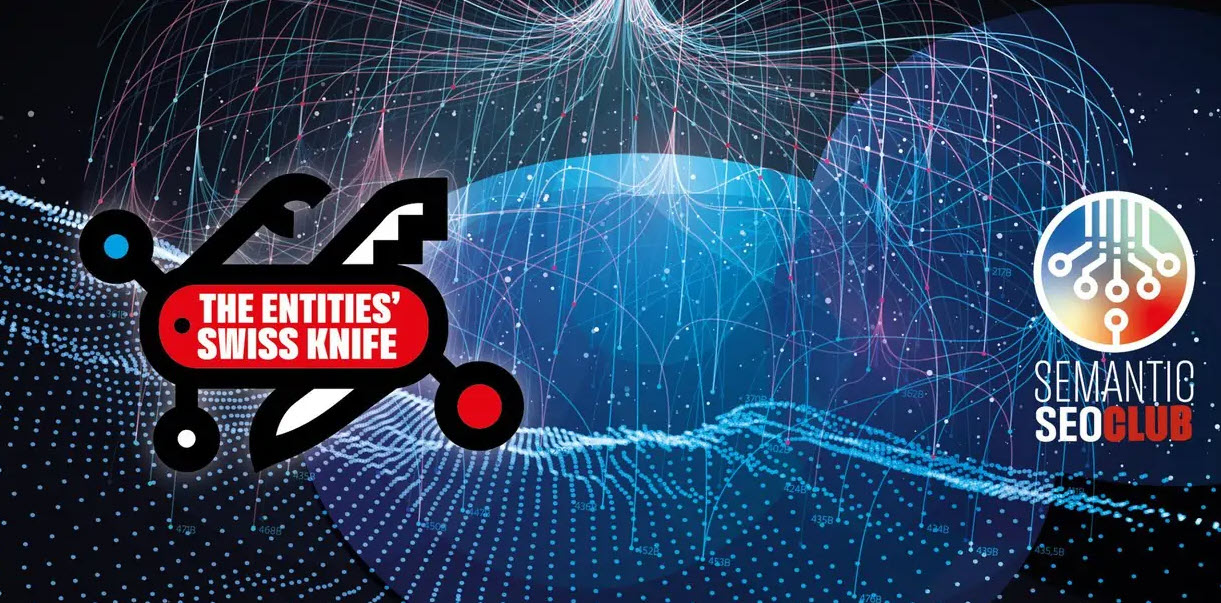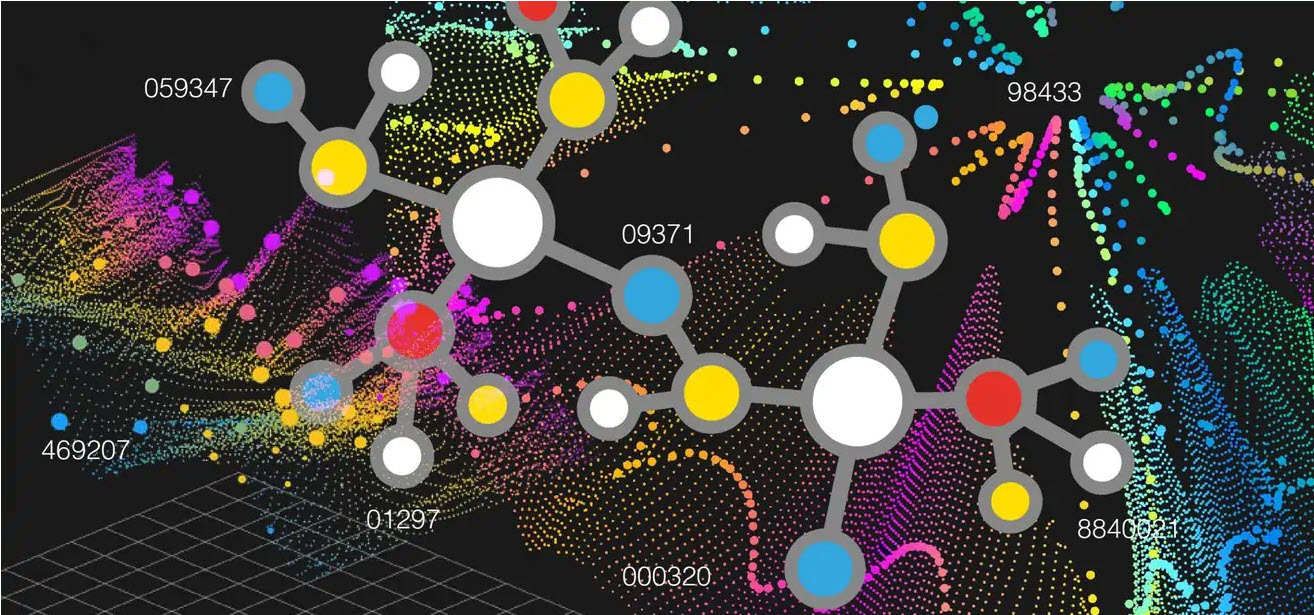
Structured Data
Distinctions between a Lexical Search Engine as well as a Semantic Search Engine.
While a typical lexical online search engine is roughly based on matching search phrases, i.e., simple message strings, a Semantic Search Engine can "understand"-- or at least try to-- the significance of words, their semantic relationship, the context in which they are inserted within a record or a query, thus achieving a more accurate understanding of the customer's search intent in order to create even more appropriate outcomes.
A Semantic Search Engine owes these capabilities to NLU formulas, Natural Language Understanding, along with the existence of structured information.
Subject Modeling as well as Content Modeling.
The mapping of the distinct units of material (Content Modeling) to which I referred can be usefully accomplished in the design stage and can be related to the map of subjects dealt with or dealt with (Topic Modeling) as well as to the organized information that shares both.
It is an interesting method (let me know on Twitter or LinkedIn if you would certainly like me to blog about it or make an impromptu video clip) that permits you to make a website and also develop its content for an extensive therapy of a subject to get topical authority.
Topical Authority can be called "deepness of competence" as perceived by internet search engine. In the eyes of Search Engines, you can end up being a reliable resource of information concerning that network of (Semantic) entities that specify the topic by consistently writing initial high-quality, extensive content that covers your broad topic.
Entity connecting/ Wikification.
Entity Linking is the procedure of identifying entities in a message file and relating these entities to their special identifiers in a Knowledge Base.
When the entities in the message are mapped to the entities in the Wikimedia Foundation sources, Wikipedia and Wikidata, wikification occurs.


